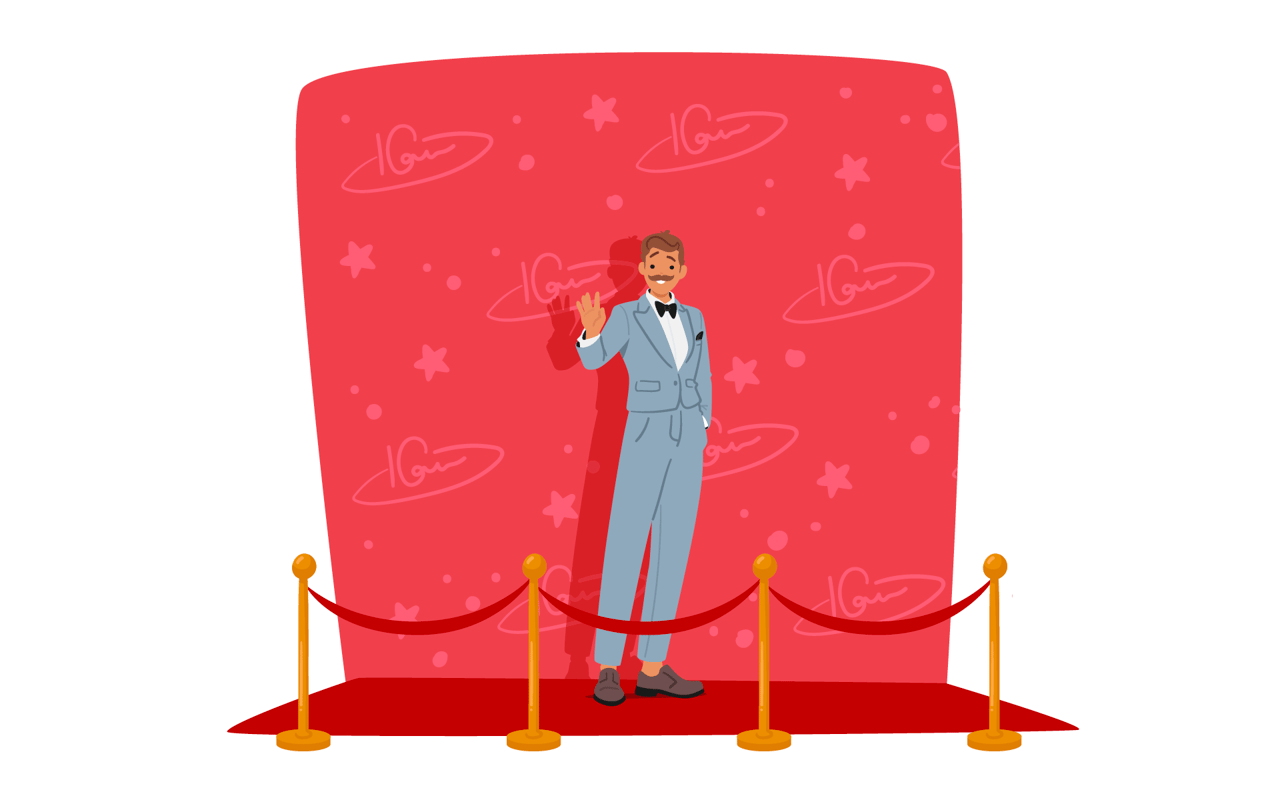Jul 30, 2025
The Velvet Rope
In a tucked-away corner of Manhattan once stood a lounge so exclusive it didn’t even have a sign. You wouldn’t find it on Yelp. There was no website. And unless you knew someone who knew someone, you couldn’t get in. Each night, a line of sharply dressed people would stretch around the block. They were actors, hedge funders, influencers, each waiting, hoping, straining just to get a glimpse inside. A man in a velvet jacket and a blank clipboard stood at the door, looking unimpressed. Only a select few were ever waved in. For the rest, rejection wasn’t personal, it was ritual. What was the secret? It wasn’t the drinks. It wasn’t the music. It was the feeling... the feeling of being one of the few who got in.
Schoolyard Dynamics
From the time we’re kids, we are hardwired to want what we can’t have. Or better yet, what only a few can have. Think about schoolyard dynamics. The boy or girl who’s “too available” rarely becomes the object of intrigue. But the one who’s confident, selective, a little aloof? Suddenly, everyone is paying attention. It’s not cruelty; it’s psychology. We assign more value to what is rare, elusive, and difficult to obtain. The same applies in business. In fact, “hard to get” may be one of the most underutilized pricing and positioning strategies in your entire marketing arsenal.
The Force Behind Desire
Napoleon Hill said, “Desire is the starting point of all achievement.” But what fuels desire? Scarcity. Exclusivity. Selective access. Let me tell you something most marketers forget: availability kills desire. When you chase clients, lower your prices, or shout, “We’re available 24/7!” you unknowingly signal desperation, not value. But when you limit availability… when you have a waitlist, when your service is invitation only, when you say no more than you say yes… people lean in. They start to think, "What do they know that I don’t?" They start to ask, "How do I get in?" And that’s when your value skyrockets.
The $2500 Haircut
In Los Angeles, a stylist named Marco became famous not because he was the best (though he was talented) but because he was hard to get. He only took new clients by referral. Appointments were booked three months in advance. Marco's minimum fee? $2500. Did Marco charge more because he was hard to get? No. He was hard to get because he charged more. His price and exclusivity were the marketing. And they worked. Marco became the stylist to A-listers and royalty. Not because he begged for attention, but because he withheld access.
Rules of “Hard to Get” Marketing
1. Limit Access: Don’t be afraid to say, “We only take 10 clients a month.” Or, “Enrollment opens once a year.” People crave what they might miss.
2. Price for Perception: If your product or service is too affordable, it’s not perceived as premium, even if it’s the best. Price sends a signal. Make sure yours says “exclusive.”
3. Create Barriers: Make people earn their spot. Application forms. Qualification questions. Invitations. When you create small barriers, the people who get through value you more.
You Are Not for Everyone (And That’s the Point)
Dale Carnegie taught us how to win friends and influence people, but even he would tell you: chasing everyone wins no one. The people who understand your value will pursue it, especially when you don’t hand it out like candy at Halloween. Let the world wonder what it’s missing. Let your elusiveness become a magnet. Remember: The velvet rope isn't just decoration. It’s strategy. It’s positioning. It’s power. And when you master the art of “hard to get,” people don’t just want what you sell… they feel like they need it. Because if everyone perceives they can have it, no one really wants it. But if everyone believes few can get it… they all start chasing it. The moment you become too easy to get, you become too easy to forget.




